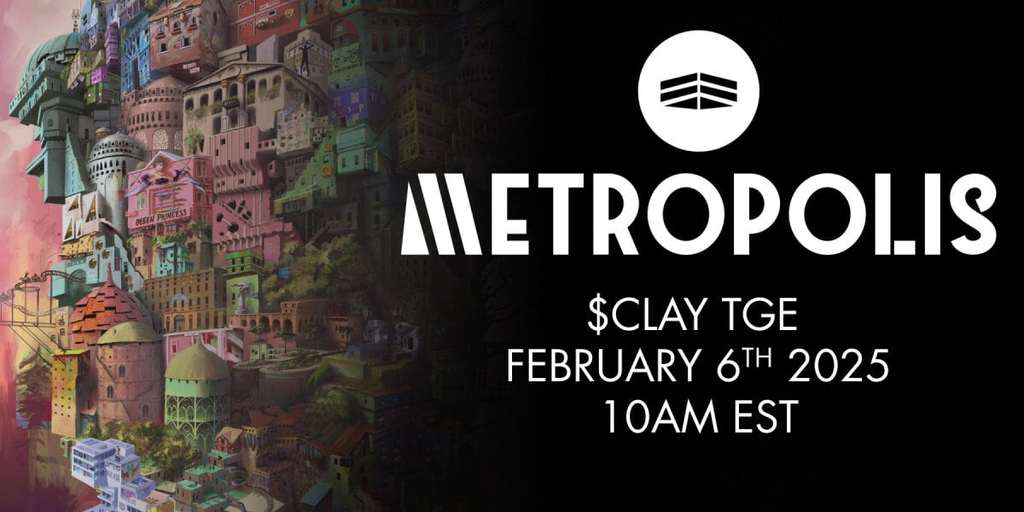
- Charles Hoskinson proposes using blockchain to bring transparency to the U.S. federal budget, ensuring real-time tracking of government spending.
- Despite challenges, blockchain’s adoption could reduce inefficiencies and corruption, restoring public trust in financial management.
At the University of Wyoming, Charles Hoskinson spearheaded a significant blockchain idea about incorporating the technology into U.S. federal budget systems. His proposal aims to deliver unmatched transparency and accountability features for trillions of dollars in government spending management systems.
The Role of Blockchain in Reducing Fraud and Inefficiency in Federal Budgets
Government agencies receive extensive financial resources every year by sending resources to national and international organizations and firms as well as departments within states. The current tracking system for budgetary expenditures requires analyzing numerous reports together with audit procedures. Weaknesses and fraudulent activities occur regularly because a consistent, transparent system does not exist.
Hoskinson outlines blockchain as a solution to resolve existing problems. Blockchain technology would create an unalterable real-time transactional record system for the public. The proposed system will offer public and watchdog institutions access to verify where federal tax money goes into what specific programs. Using blockchain technology in budget transparency works toward eliminating budgetary waste and inefficiency while reducing corruption.
Blockchain technology provides an essential benefit through its capability to generate records that remain untouchable and exact. Implementing this system will revolutionize how the government monitors taxpayer funding, leading to restored public faith in federal financial operations.
Implementing blockchain for federal budget operations faces substantial barriers despite its possible benefits. The present budget system needs major restructuring due to its multiple agencies, conflicting financial regulations, and outdated financial systems. Moving to a blockchain system requires substantial financial input in technical development and personnel training implementation.
A complete system conversion will receive diverse support levels from stakeholders within the federal structure. People who review these changes might worry about essential security and privacy matters while questioning the impact on existing business methods. To achieve prosperous advancement, the government must resolve identified problems and create a widespread agreement between policy officials, technology specialists, and financial administrators.
The ambitious project has Cardano as its prime candidate because the blockchain platform emphasizes sustainability, scalability, and security. The platform conducts its operations using governance methods that match the requirements of complex systems, including the federal budget.
Cardano’s Focus on Sustainability and Security in Blockchain Solutions
Against the background of 2024 progress, the Cardano Foundation published its Activity Report and detailed its principal accomplishments from the previous twelve months. The report showcases enterprise adoption, governance, education, and operational resilience advancements. The recent developments have transformed Cardano into an elite blockchain enterprise that now qualifies for high-profile projects such as the management of the U.S. federal budget.
Hoskinson demonstrates how blockchain recognition expands past its initial functions as cryptocurrency. His advocacy for blockchain in federal management triggered dialogue, leading to potential improvements in Transparency and Efficiency in governmental operations.
The ongoing discourse about this proposal keeps the adoption potential of blockchain technology for U.S. federal budgeting at the center of broad public interest for an accountable and transparent financial present.
Crypto News Flash – Read More









